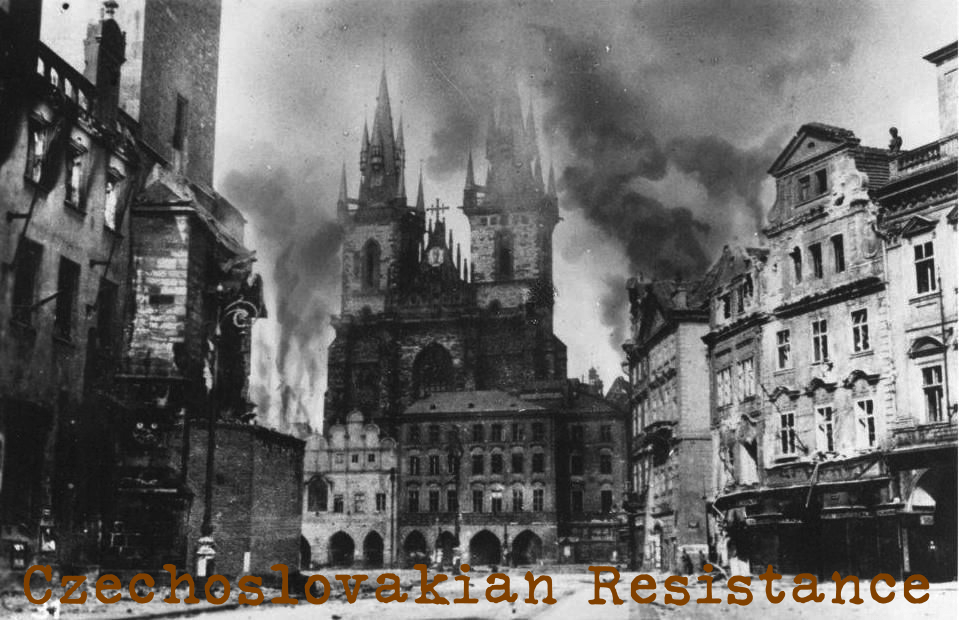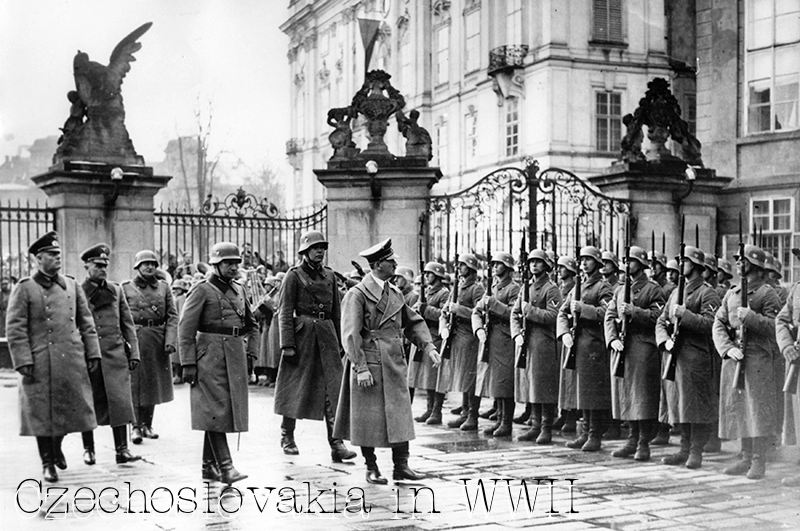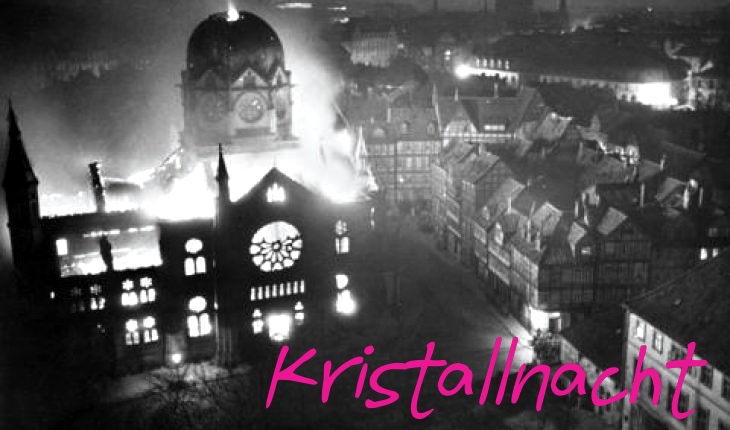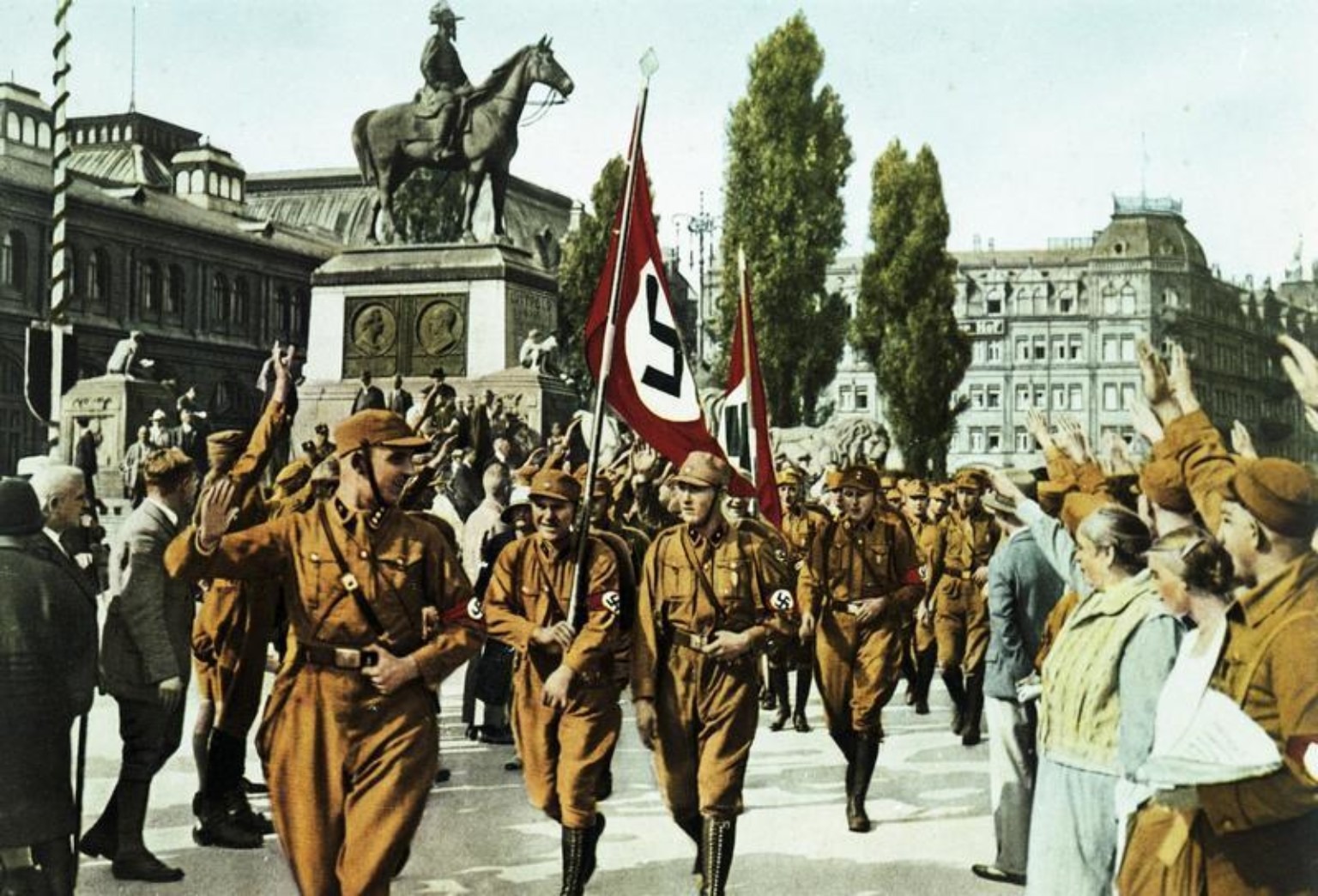The Three Kings: Czechoslovakian Resistance
The Three Kings: Czechoslovakian Resistance Hitler had marched into Czechoslovakia (or Slovakia) in March of 1939. In defiance of the Munich Agreement. Shortly… Read More »The Three Kings: Czechoslovakian Resistance



